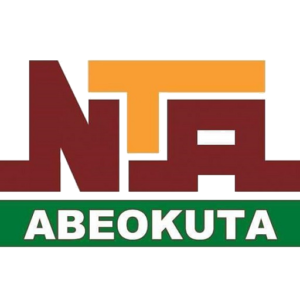
Friday 14/November/2025 – 08:54 PM
Former Lebanese Prime Minister Fouad Siniora said that what Lebanon has reached is the result of a group of overlapping factors, including Hezbollah’s efforts to extend its authority over the country.
Siniora added, during an interview with Cairo News Channel, that Lebanon can be likened to a villa whose walls and borders are controlled by Hezbollah and which runs the existing regime, while various parties and factions live inside it. The party coordinates with these forces and distributes gains and interests among them, but everyone acknowledges its authority, which replaced the authority of the Syrian regime in the past.
He explained that Hezbollah has become the party that controls the distribution of gains, spoils, and punishments inside Lebanon, pointing out that the presence of the armed party was justified until the year 2000 within the framework of resistance to the Israeli occupation that began in 1978 and was established in 1982, before the Israeli withdrawal was completed in 2000. Even in that period, I was not convinced by those justifications, but the circumstances at the time imposed a certain reality.
He pointed out that the Taif Agreement in 1989 explicitly stipulated the end of all armed forces outside the framework of the state, but the continuation of the Israeli occupation at the time prevented this from being fully implemented, saying: After the withdrawal, Hezbollah monopolized resistance work and canceled any other attempts, and its authority became clear – completely Iranian. This is not an accusation from me, but rather something that Hassan Nasrallah himself declared on more than one occasion, and thus, Iranian influence became the one imposing its presence and authority on Lebanon.
Syria was distributing roles, and Hezbollah was expanding the limits of control
He pointed out that Hezbollah was playing a specific role within what he described as “a room of the Lebanese villa,” but over time its influence expanded to become a supervisor over a large part of it, and then over the entire Lebanese scene after the withdrawal of Syrian forces from Lebanon.
He continued: From 1989 until 2000, Lebanon was not able to overcome this reality, but after the Israeli withdrawal from the south in 2000, the pretexts that justified the continuation of Hezbollah’s weapons in this location fell, and then new reasons were invented, most notably the Shebaa Farms argument, under the pretext that the occupation still exists.
He noted that this argument created a great paradox, explaining: The land is occupied by Israel, but Syria does not recognize that it is Lebanese, and thus the situation remains fluid.
He continued that in 2006, he presented a clear vision for resolving this issue, saying: I presented a theory that states that the Shebaa Farms should be included in Resolution 425 and not Resolution 242 of the Security Council, so that the lands are subject to the supervision of the United Nations until its ownership is decided, whether it is Syrian or Lebanese, through the demarcation process.






